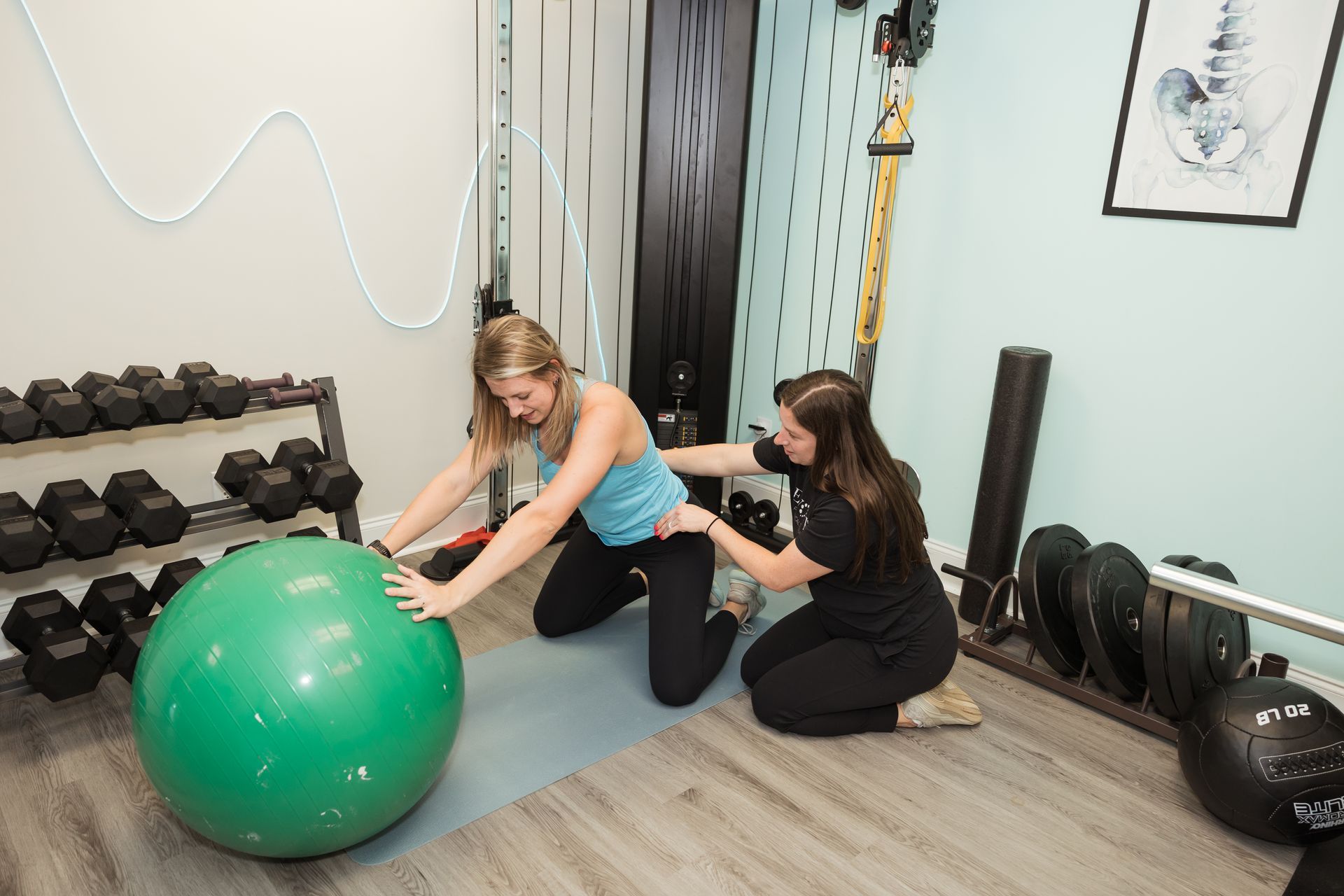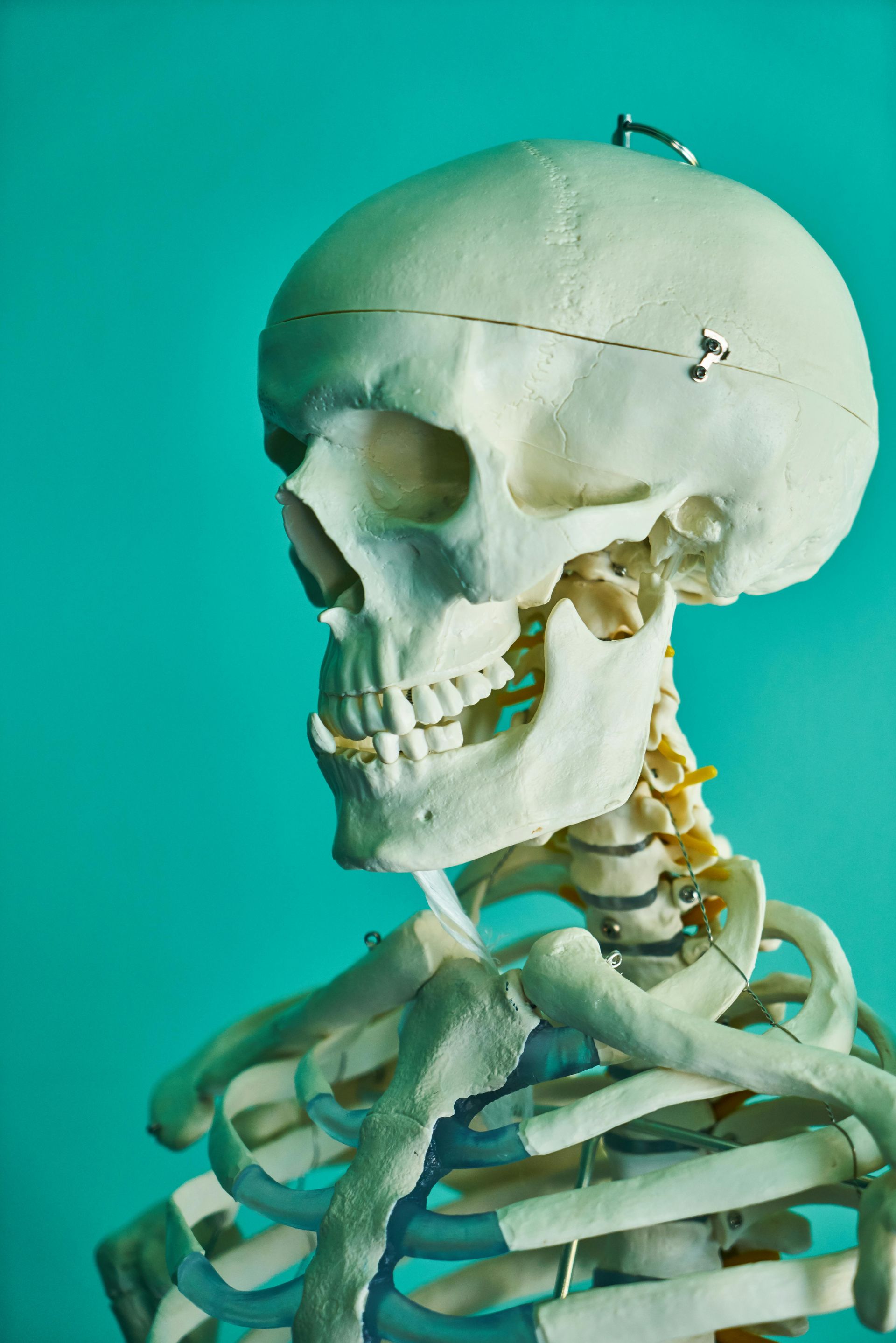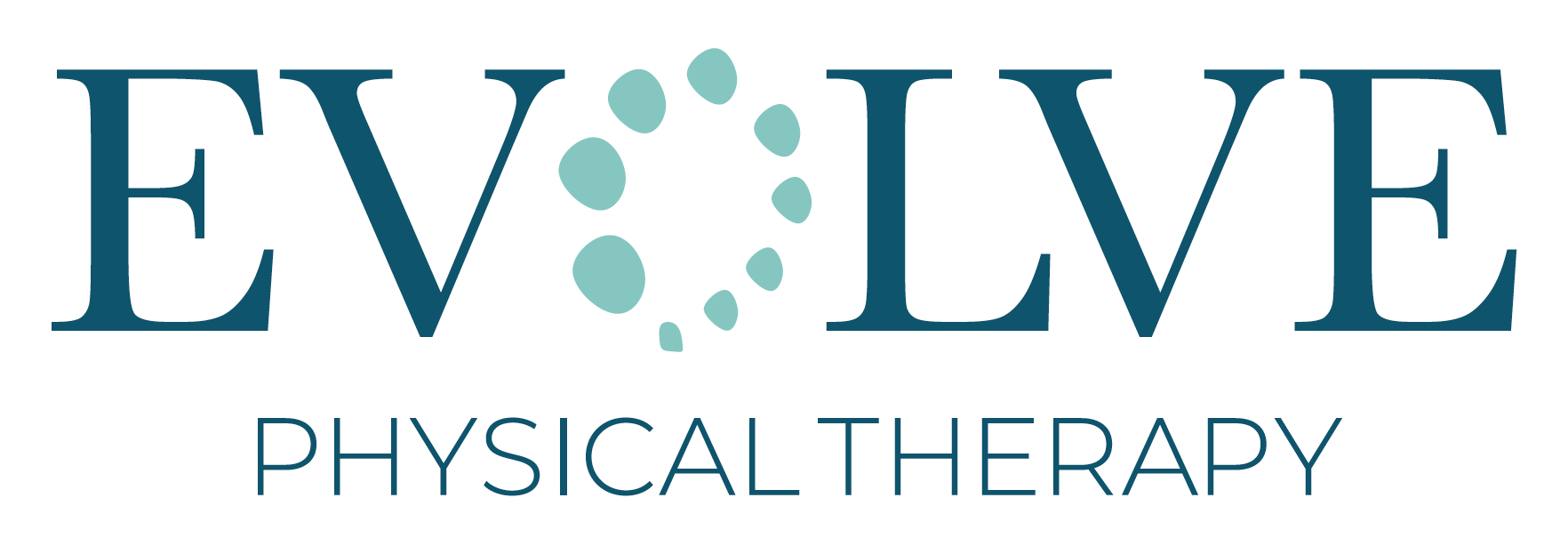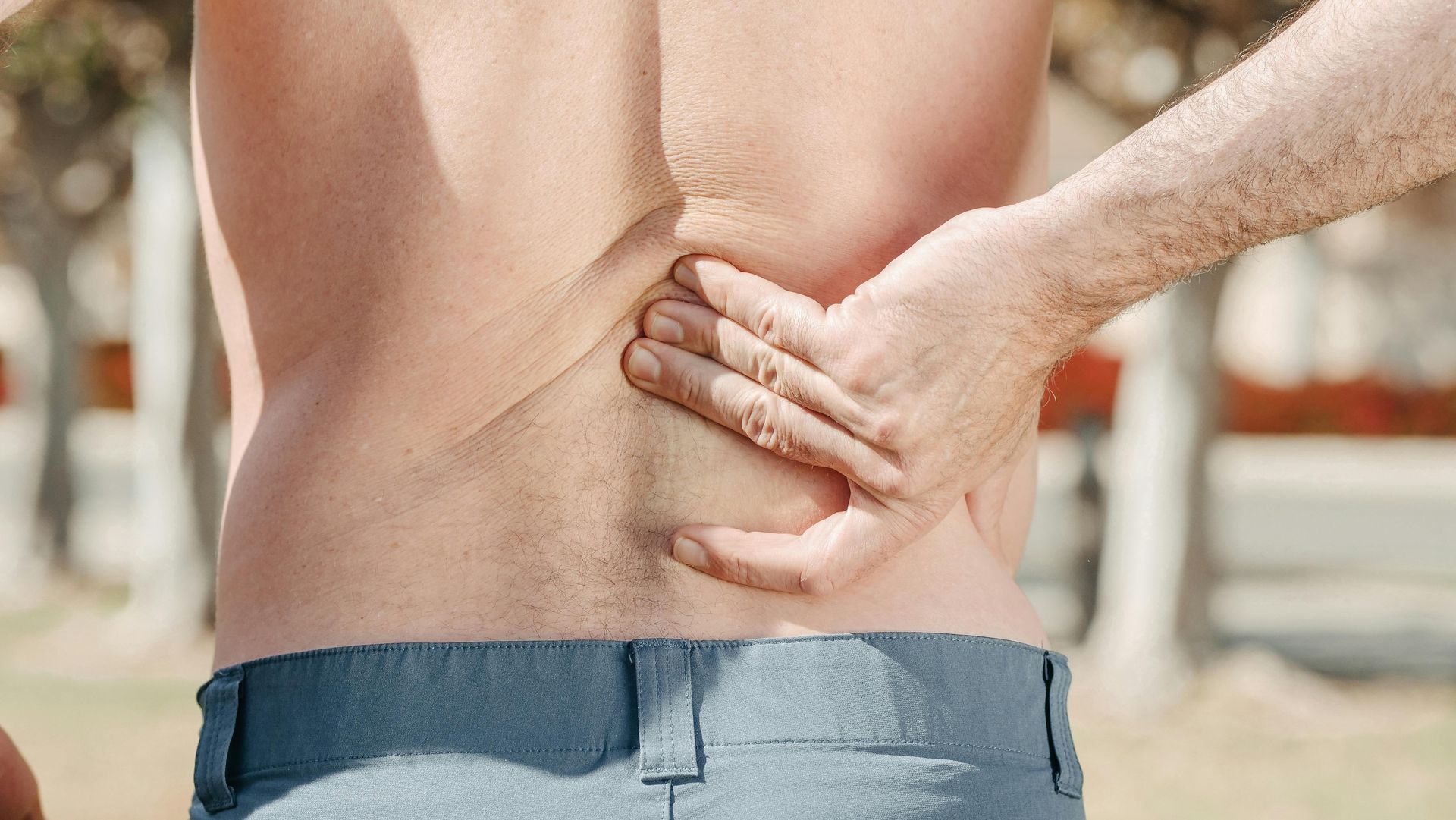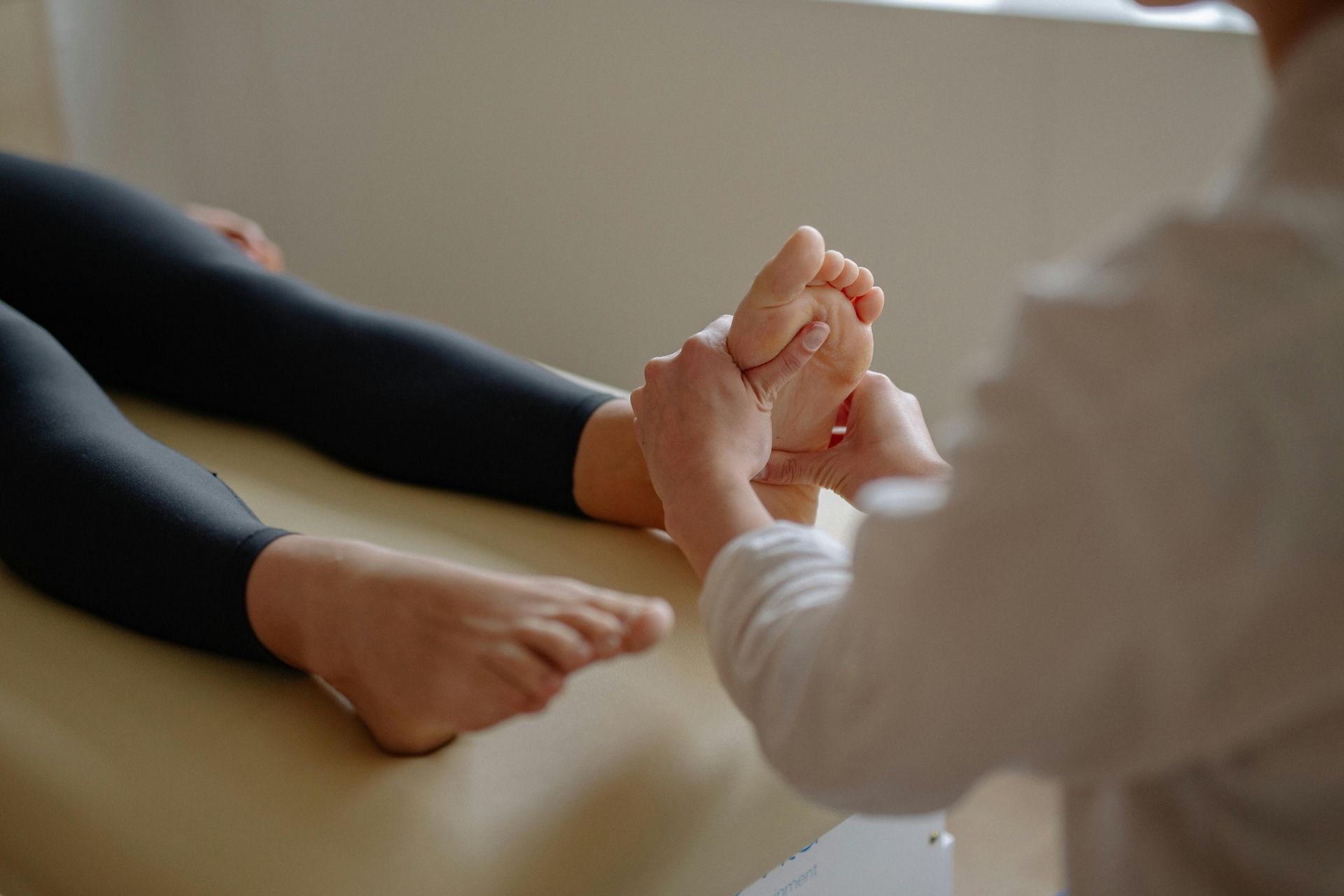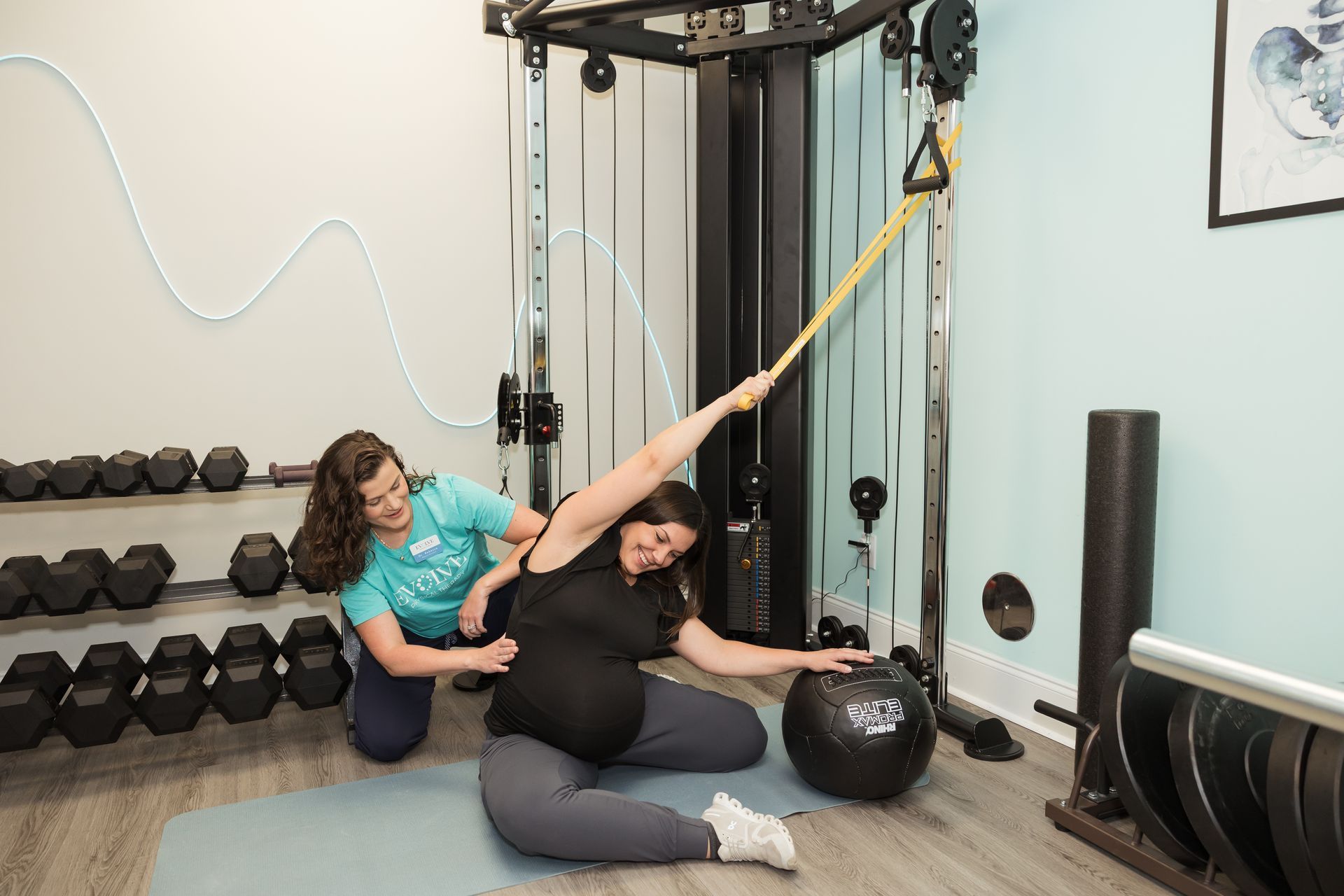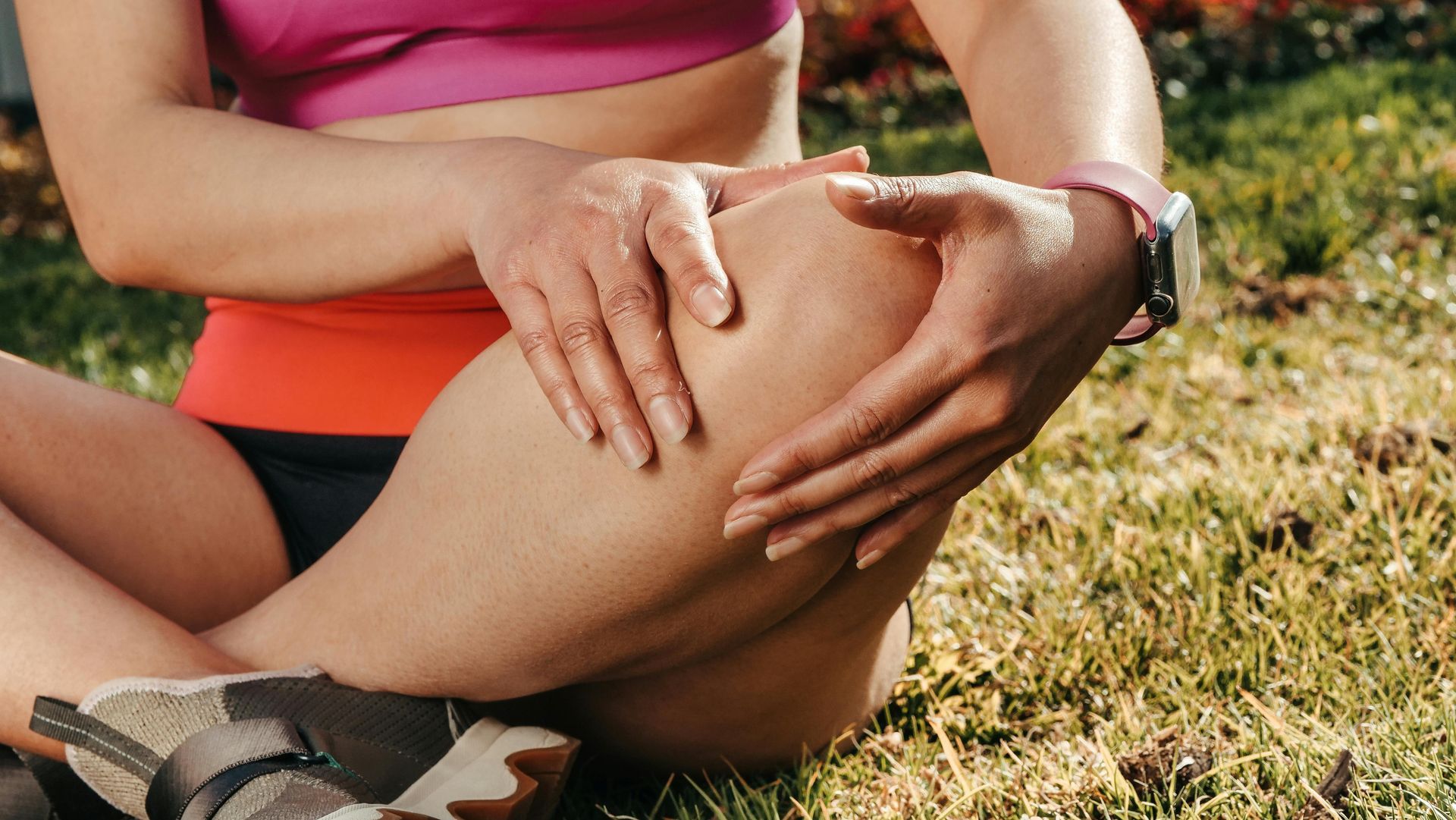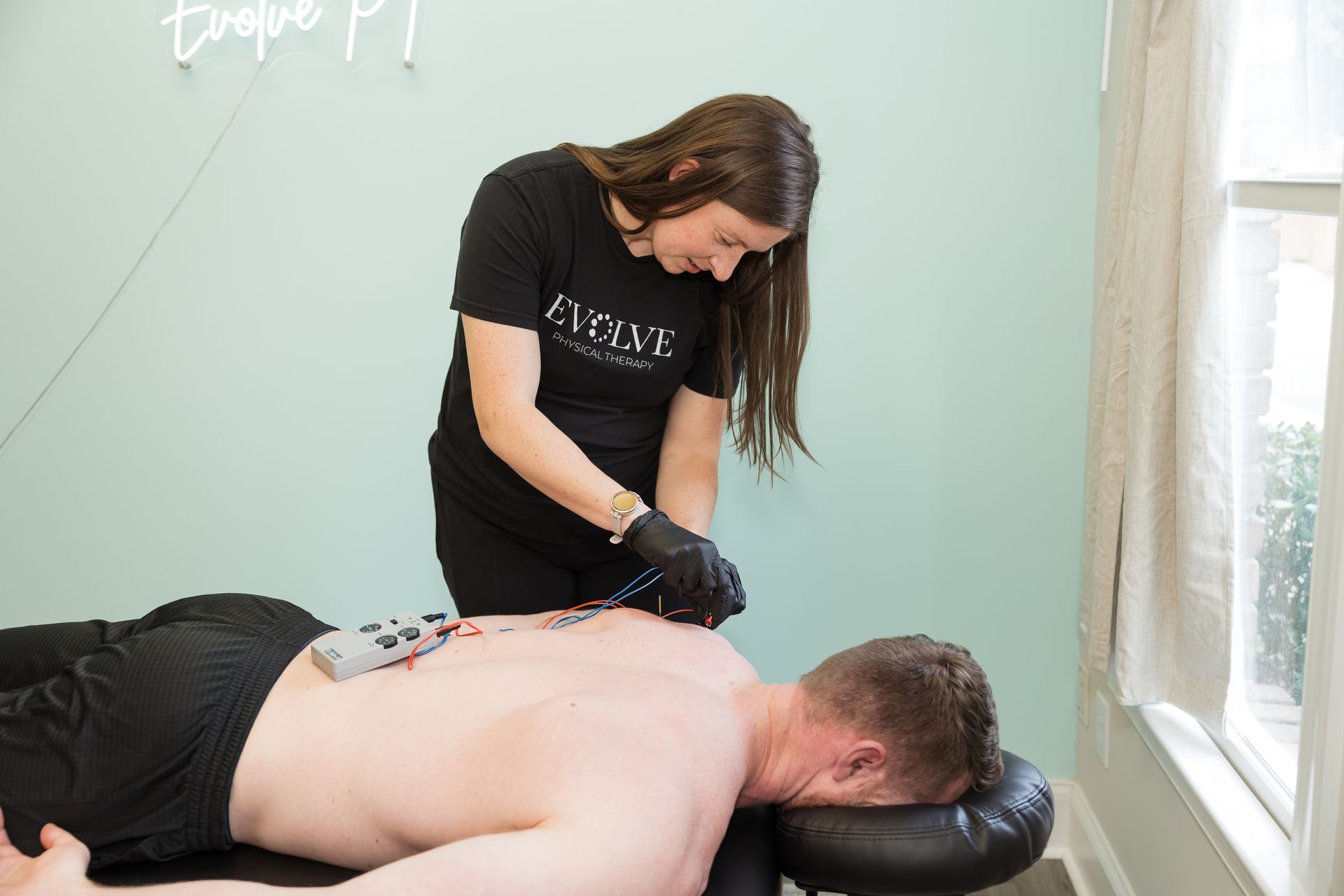Diastasis Recti and Misinformation
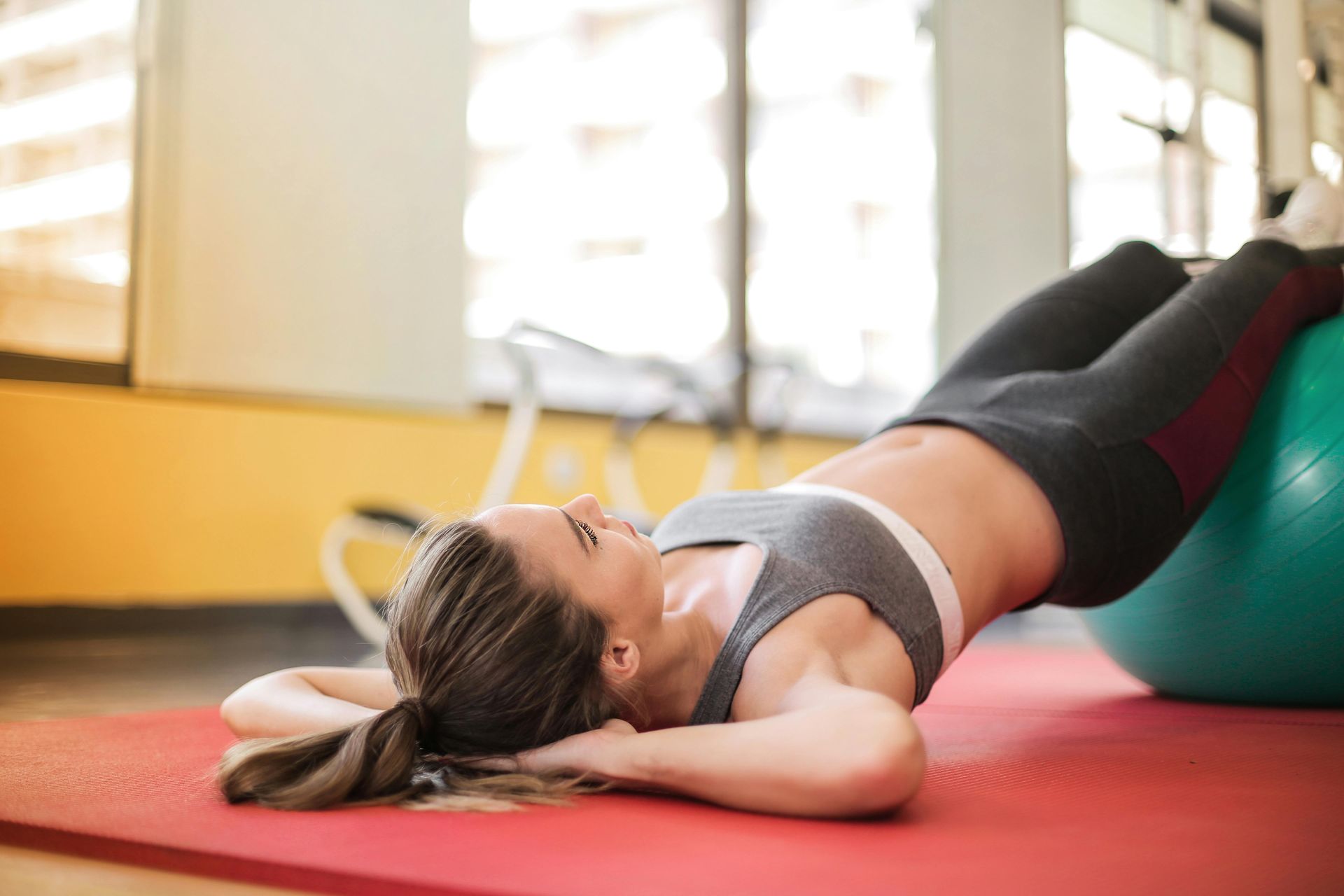
Maybe you’ve noticed coning or loafing in the middle of your abdomen with certain exercises or daily activities, like getting out of bed. You hop onto Instagram in search of answers to your questions on what to do and not do so that it doesn’t get worse. After all, you’re scared that your organs are going to push through the widening in your abdomen and cause herniations. You find an account by an influencer (possibly credentialed, or not…) who is selling their program to correct your diastasis recti and lose your mom pooch- sounds simple enough. They tell you to never do any exercises or activities that cause coning along your midline. You start the program you bought from them but notice your midline tenting/coning even with the most basic exercises, so you never progress to the next level of exercises because you don’t want to make things worse. You get down on yourself that you’ll never get back to your previous level of fitness because of your core problem. Due to frustration, you start working out less because you’re scared of doing it wrong and ruining your abdominal wall health. Exercise is no longer enjoyable because you are hyperfixated on if your abdominals are coning or not. Instead of bouncing back after kids, your self-image, mental health, and physical conditioning all take a dive.
This story could sound a lot different, but unfortunately we frequently hear some version of it more than we would like. We recognize that misinformation is rampant in multiple spaces, including but not limited to personal trainers, social media influencers, coaches, physical therapists, and medical doctors. We acknowledge that it is incredibly difficult in this day of immediate access to a vast amount of information to find out what is actually true. After all, you are just trying to make the most informed decisions possible about your health. We are trying as rehab providers to increase our voices as educators on evidence based practice because it shouldn’t be this hard.
The core is a canister that manages intraabdominal pressure. It is made up of your diaphragm, pelvic floor, transverse abdominus, obliques, latissimus dorsi, and multifidi muscles. As Orthopedic and Pelvic Health Doctors of Physical Therapy, our job is to teach you hands on how to recruit and coordinate these muscles to improve your abdominal wall resilience and load tolerance in a variety of movement planes. You deserve personalized, one-on-one care to retrain your core without the guess work of if you’re doing it right or not. The goal is to rebuild trust in your body so that you reach your specific goals, instead of forming a list of exercises that you should never do.
The fear of movement leads to further deconditioning and musculoskeletal dysfunction. We want to help break that cycle with you. If you have questions, please don’t hesitate to reach out to our team- we would love to be a resource to you!
